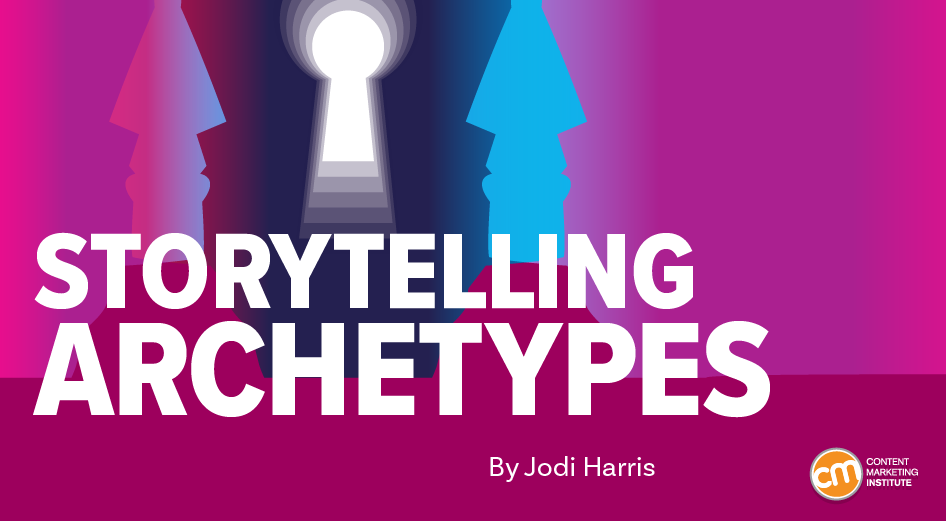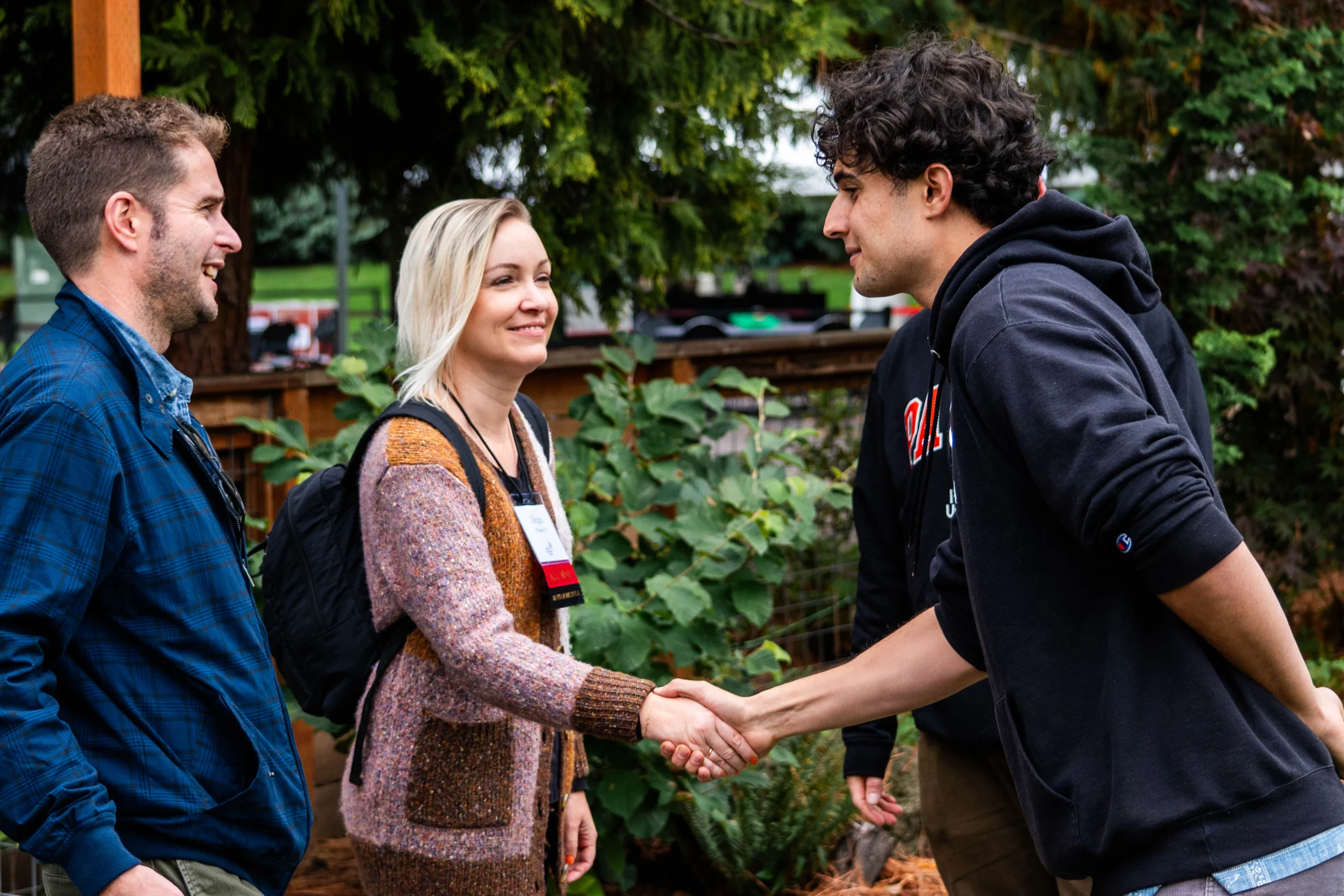
Archetypes are universal symbols, characters, themes, or patterns found throughout literature, myths, and storytelling traditions worldwide. Coined by psychologist Carl Jung, archetypes resonate deeply with human psychology, tapping into collective experiences, emotions, and desires. Understanding archetypes enriches storytelling, allowing writers and creators to craft powerful, relatable narratives that transcend cultures and generations.
What are Archetypes?

Archetypes represent fundamental human concepts, appearing repeatedly across cultures and historical periods. They manifest as characters, situations, symbols, or motifs, evoking universal emotions and responses. Carl Jung described archetypes as primordial images emerging from humanity’s collective unconscious—shared memories, dreams, and feelings that connect all human beings.
Common archetypes include the Hero, Mentor, Villain, Trickster, and Shadow. These figures and patterns naturally resonate because they reflect familiar human experiences, struggles, and aspirations.
Carl Jung and the Origins of Archetypes
Swiss psychiatrist Carl Gustav Jung (1875–1961) introduced the concept of archetypes within analytical psychology. Jung proposed the collective unconscious—a shared reservoir of universal human experiences and symbols accessible to everyone. Archetypes emerge from this collective unconscious, explaining their widespread presence in global myths, religions, and literature.
Jung identified several core archetypes, such as the Hero, Shadow, Anima, Animus, and Persona, each reflecting distinct psychological aspects and universal themes.
Common Archetypal Characters in Storytelling
Many familiar storytelling characters represent clear archetypes:
-
The Hero: Protagonist who undergoes transformation, facing challenges and trials to achieve their goal (e.g., Harry Potter, Frodo Baggins).
-
The Mentor: Wise guide assisting the Hero through knowledge and experience (e.g., Gandalf from The Lord of the Rings, Obi-Wan Kenobi in Star Wars).
-
The Villain or Shadow: Antagonist representing evil, darkness, or internal struggle confronting the Hero (e.g., Darth Vader, Voldemort).
-
The Trickster: Mischievous character challenging authority, causing chaos, yet often prompting change and insight (e.g., Loki, The Joker).
-
The Innocent: Pure, hopeful character representing optimism and virtue (e.g., Dorothy in The Wizard of Oz).
Recognizing these archetypal figures enriches storytelling by tapping into familiar yet powerful emotional experiences.
Archetypal Situations and Plots
Archetypes extend beyond characters, often shaping narrative situations or story patterns:
-
The Hero’s Journey: Classic narrative where a hero embarks on adventure, undergoes trials, achieves self-realization, and returns transformed.
-
Good vs. Evil: Timeless conflict between positive forces (heroes) and negative forces (villains).
-
The Quest: A journey undertaken by characters to obtain something of great value or fulfill a mission.
-
Rags-to-Riches: A character rising from poverty or obscurity to achieve success or recognition.
-
Redemption: A flawed character confronts their past mistakes, seeking forgiveness, atonement, or transformation.
These universally understood situations resonate across diverse audiences, making stories timeless and impactful.
Archetypal Symbols and Their Meanings
Certain symbols recur universally in stories, representing deeply embedded meanings:
-
Water: Symbolizes cleansing, rebirth, renewal, or emotional depth.
-
The Forest: Represents mystery, exploration, growth, or hidden dangers.
-
Fire: Symbolizes passion, destruction, transformation, or purification.
-
The Sun and Light: Associated with hope, knowledge, life, and enlightenment.
-
Darkness and Night: Often represents ignorance, fear, danger, or the unconscious mind.
Writers employing these symbols create richer narratives that intuitively resonate with audiences.
The Importance of Archetypes in Storytelling
Archetypes serve several essential storytelling functions:
-
Universality: Connect stories across different cultures, generations, and experiences.
-
Emotional Resonance: Evoke deep emotional responses through familiar psychological patterns.
-
Character Depth: Provide believable, relatable characters reflecting real-life struggles and triumphs.
-
Narrative Structure: Guide storytelling by offering timeless templates or patterns.
Incorporating archetypes ensures storytelling remains emotionally powerful, meaningful, and universally accessible.
Archetypes in Modern Media and Pop Culture
Archetypes remain central within modern storytelling mediums, including literature, films, video games, comics, and television. Popular franchises like Star Wars, Harry Potter, and Marvel Cinematic Universe extensively utilize archetypal characters and plotlines, contributing significantly to their broad appeal and lasting success.
Modern interpretations often blend traditional archetypes with contemporary themes, creating fresh yet familiar experiences for audiences.
The Role of Archetypes in Character Development
Using archetypes as a foundation helps writers develop dynamic, multidimensional characters. Archetypes provide initial structure, which authors can then enrich by adding complexity, depth, unique backstories, and evolving traits.
Combining multiple archetypes within single characters (e.g., Hero-Trickster or Mentor-Shadow) creates fascinating, relatable personalities, resonating deeply with readers or viewers.
Challenges in Using Archetypes Effectively
Although archetypes are powerful storytelling tools, misuse can result in clichés or shallow characters. Common pitfalls include:
-
Overreliance: Using archetypes without adding originality can create predictable or stereotypical stories.
-
Lack of Depth: Relying too heavily on archetypes without nuance makes characters appear superficial or unrealistic.
-
Ignoring Context: Failing to adapt archetypes appropriately to modern contexts or diverse cultures reduces relevance.
Avoiding these challenges requires thoughtful adaptation, creativity, and balanced integration of archetypes into storytelling.
Archetypes and Audience Engagement
Effective use of archetypes deeply engages audiences by providing familiar reference points, emotional connections, and psychological authenticity. Archetypal storytelling fosters empathy, identification, and emotional investment in characters and their journeys.
When audiences recognize archetypal themes and characters, stories become personally meaningful, memorable, and impactful.
Conclusion
Archetypes remain essential elements within powerful, universal storytelling. By reflecting common human experiences, emotions, and struggles, archetypes connect audiences deeply to characters, themes, and narratives. Understanding and thoughtfully employing archetypes helps creators craft timeless stories that resonate profoundly, bridging diverse cultures and generations through shared human understanding.
Looking for creative CSS ideas? Explore CSS Mayo for a curated collection of the best CSS snippets and web design inspiration! – https://www.cssmayo.com
#Archetypes #Carl Jung #Character Development #Hero’s Journey #Literary analysis #Mythology #Narrative Structure #Storytelling #Symbolism #Universal Themes






